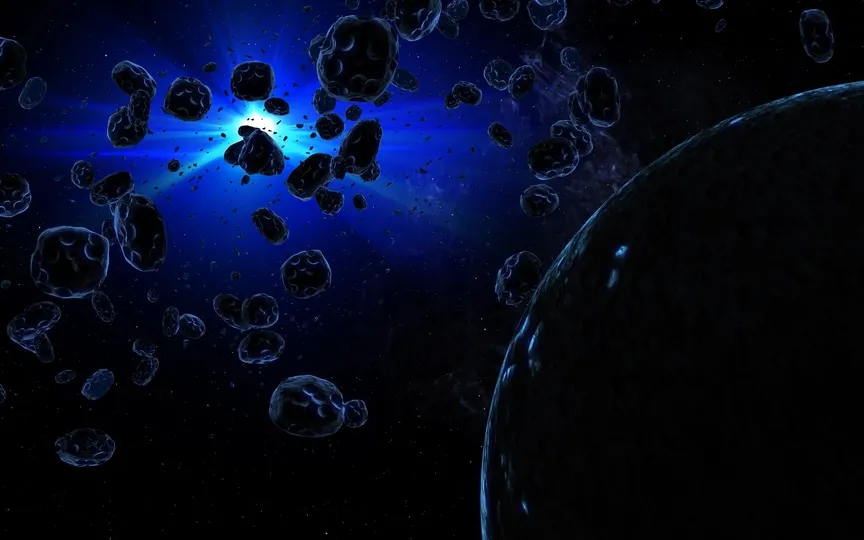NASA reveals that a massive asteroid will come close to Earth today; Get details on its size, speed, and more.
NASA possesses a range of cutting-edge technological devices designed for the purpose of observing and tracking Near-Earth Objects (NEOs), including asteroids and comets. Utilizing this equipment, the American space agency has disclosed that two asteroids will come into close proximity to Earth today. Among them is a massive asteroid that has been classified as a ‘Potentially Hazardous Object’. The identification of this celestial body was made by NASA’s Defense Coordination Office (PDCO), which is tasked with monitoring the heavens and overseeing various NEOs. Discover more about its imminent approach.
Asteroid 2018 YJ2: Details of the close approach
According to CNEOS (Center for Near-Earth Object Studies), the asteroid has been named Asteroid 2018 YJ2. This Earth-like space rock is expected to make its closest approach to the planet at a distance of 7 million kilometers. It is moving towards Earth at about 47,012 kilometers per hour, which is much faster than an intercontinental ballistic missile (ICBM)!
NASA says this space rock is part of the Apollo group of Near-Earth Asteroids, which are near-Earth space rocks with semi-major axes larger than Earth’s axis. These asteroids are named after the huge 1862 Apollo asteroid discovered by German astronomer Karl Reinmuth in the 1930s.
Asteroid 2018 YJ2 has passed Earth before, and this is not its first close approach. This asteroid passed the Earth for the first time on May 31, 1902 at a distance of about 34 million kilometers. After today, it will come close to Earth again on May 28, 2027 at a distance of 49 million kilometers.
How big is the asteroid?
NASA has designated it as a potentially hazardous asteroid due to its enormous size. This means that if a space rock were to ever hit Earth, the consequences would be devastating not only for the planet, but for humanity as well. In terms of size, it is nearly 480 feet wide, making it almost the size of a skyscraper!
That’s nearly 10 times the size of the Chelyabinsk asteroid that exploded over the Russian city in 2013, damaging 7,000 buildings and injuring 1,000 people with flying shards of glass.




